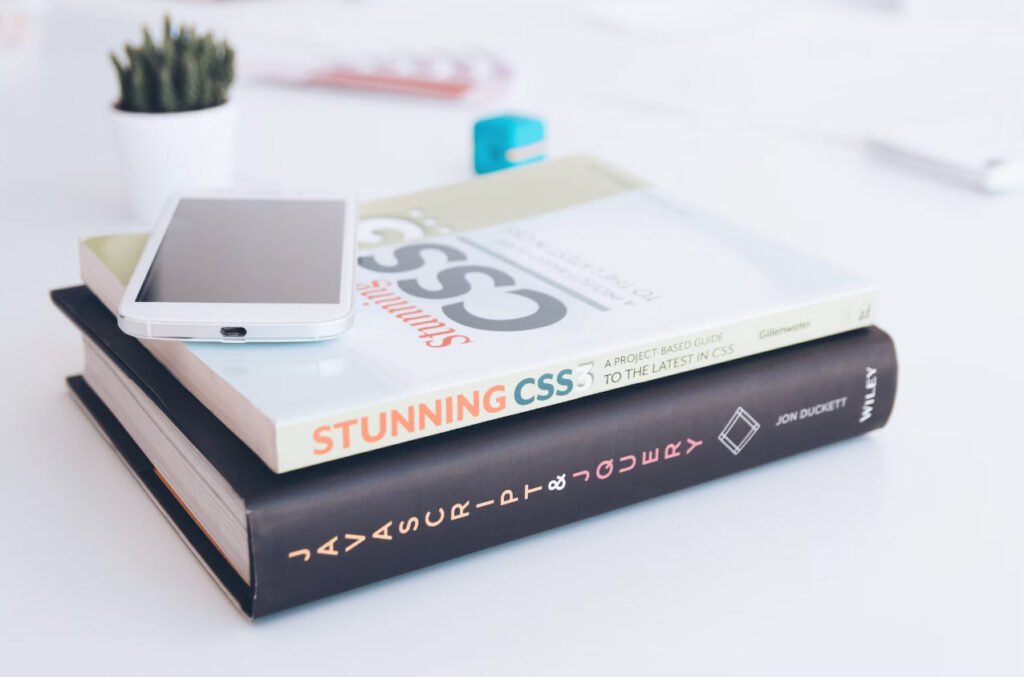
CSS, which stands for Cascading Style Sheets, is a language used for styling web pages. It works alongside HTML (Hypertext Markup Language) to define the visual appearance and layout of web content.
CSS offers a powerful set of tools and techniques for web designers to style and present web pages. It brings benefits such as separation of concerns, flexibility, performance improvements, easy maintenance, portability, advanced design possibilities, user control, and enhanced accessibility.
The original drafters of the CSS specification had several key advantages in mind when they conceived CSS as a way to style web pages separate from HTML. These advantages include:
1. Separate presentation from content: CSS allows for the separation of how a web page looks (presentation) from its underlying structure and information (content). This separation makes it easier to update or modify the appearance of a website without changing its content.
2. Flexible design model: CSS provides a flexible design model, allowing web designers to create visually appealing layouts and styles. It offers greater control over the positioning, sizing, and styling of elements on a webpage, enabling creative and diverse designs.
3. Faster loading times: By separating presentation instructions into a separate CSS file, web browsers can cache that file and apply it to multiple web pages. This caching mechanism leads to faster loading times for subsequent page views since the browser doesn’t need to re-download the CSS file.
4. Easy, instant maintenance: With CSS, making changes to the styling of a website becomes easier and more efficient. By modifying a single CSS file, the changes can be instantly applied to all web pages that reference that file. This streamlines maintenance and reduces the effort required to update the design.
5. Portability: CSS promotes portability by allowing the reuse of style rules across multiple web pages. Instead of duplicating styling instructions in each HTML file, designers can define styles once in a CSS file and apply them consistently across the entire website.
6. Advanced design possibilities: CSS introduces advanced design possibilities, including complex layouts, animations, transitions, and custom effects. With CSS, web designers have a powerful toolset at their disposal to create visually rich and interactive web experiences.
7. Enhanced user control: CSS enables enhanced user control by providing options for users to customize the appearance of a website according to their preferences. Users can apply their own stylesheets or override certain styles, making the web more accessible and adaptable to individual needs.
8. Accessibility: CSS supports accessibility features, making it easier to create websites that are inclusive and usable by people with disabilities. By separating presentation from content, CSS allows for the creation of structured and semantically meaningful HTML, which aids assistive technologies in understanding and navigating web content.
Overall, CSS was designed to bring numerous benefits to web development, empowering designers to create visually appealing, maintainable, and accessible websites with increased flexibility and performance.
You may also like:- How To Fix the Crowdstrike/BSOD Issue in Microsoft Windows
- MICROSOFT is Down Worldwide – Read Full Story
- Windows Showing Blue Screen Of Death Error? Here’s How You Can Fix It
- A Guide to SQL Operations: Selecting, Inserting, Updating, Deleting, Grouping, Ordering, Joining, and Using UNION
- Top 10 Most Common Software Vulnerabilities
- Essential Log Types for Effective SIEM Deployment
- How to Fix the VMware Workstation Error: “Unable to open kernel device ‘.\VMCIDev\VMX'”
- Top 3 Process Monitoring Tools for Malware Analysis
- CVE-2024-6387 – Critical OpenSSH Unauthenticated RCE Flaw ‘regreSSHion’ Exposes Millions of Linux Systems
- 22 Most Widely Used Testing Tools








